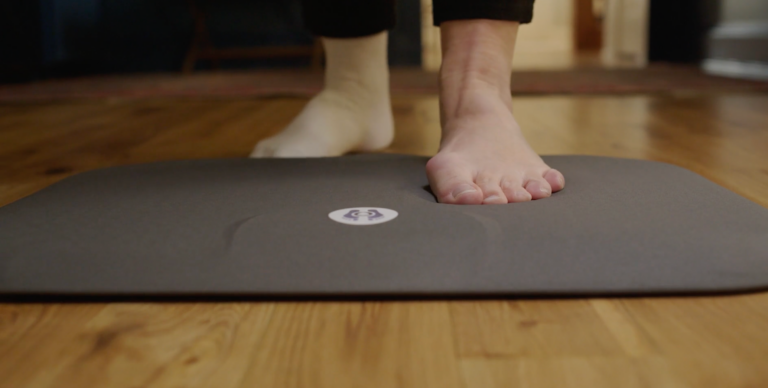Reamputation Rates Have Not Improved Over Two Decades.
SOMERVILLE, Mass., June 10, 2021 — Podimetrics, a virtual care management company dedicated to preventing costly and deadly diabetic amputations, today announced results from its latest research, which found patients with diabetes who have a lower extremity amputation have a 37 percent chance of having reamputation within five years. The meta-analysis revealed that reamputation rates of lower extremities in people with diabetes have not improved in two decades despite advances in technology and care. The peer-reviewed research appears in BMJ Open Diabetes Research & Care, a journal published in partnership with the American Diabetes Association.
“Diabetes complications can include nerve damage and poor blood circulation, which make feet vulnerable to ulcers that, if left untreated, can lead to amputations. After an amputation, an individual’s mobility is reduced, causing his or her overall health to deteriorate,” said Dr. David Armstrong, a study co-author, Professor of Surgery at the University of Southern California, and founder and co-director of the Southwestern Academic Limb Salvage Alliance. “This is a problem that should be entirely preventable in the first place, so it’s mind-blowing to see that after an amputation, more than four out of ten patients have another.”
Lower Extremity Amputation
The researchers found that one year after a patient’s first amputation, there is a 19 percent reamputation rate in both the same limb or the opposite limb. Five years after the first amputation, the reamputation rate is 37.1 percent for all reamputations, and 20.5 percent for a reamputation of the opposite limb.
For the study, the researchers analyzed a total of 205 articles for data on reamputation rates, reported qualitative characteristics of 56 studies that included data on reamputation rates, and completed a meta-analysis on 22 of the studies which enrolled exclusively participants with diabetes. A total of 21,145 primary amputation cases were followed for all reamputation meta-analysis; 1,129 amputation cases were followed for all contralateral (opposite limb) reamputation meta-analysis.
“At Podimetrics, we’re deeply dedicated to serving vulnerable populations,” said Brian Petersen, co-author of the study and Chief Scientific Officer at Podimetrics. “This is why our SmartMat is designed for patients already living with an amputation. In addition to being designed for reduced mobility, our solution can accommodate patients with any level of amputation by using temperature readings from multiple locations on the same foot to identify inflammation, instead of requiring a comparison between two feet.”
Podimetrics’ mission is to focus on helping our most vulnerable patients prevent diabetic foot complications that lead to lower extremity amputation. The solution is the only system proven effective in detecting early warning signs among patients who have had prior amputations, with recent research finding Podimetrics’ novel algorithm predicted 91 percent of foot complications nearly six weeks earlier among those with only one foot available for monitoring.
Early detection of diabetic foot complications is critical given the scale and costs associated. Lower-limb related problems represent one-third of the $245 billion spent on diabetes each year in the U.S. More than 1 million diabetic foot ulcers are diagnosed annually and they have a devastating effect on patients’ lives, leading to debilitating injuries and amputations, each of which can cost more than $100,000.
“These alarming reamputation rates have made no progress in two decades, even as innovative health solutions have dominated the market,” said Dr. Gary Rothenberg, a study co-author and Associate Professor of Internal Medicine at the University of Michigan Medical School. “To bring these rates down and ultimately eliminate amputations, we have to be more focused on preventive care.”
About Podimetrics
Podimetrics is a virtual care management company dedicated to preventing costly and deadly diabetic amputations. We provide high-risk patients our FDA-cleared SmartMat through partnerships with payers and at-risk providers, including the Veterans Health Administration. After placing their feet on the mat for just 20 seconds a day, patients’ data are automatically sent to our care management team, which helps address any concerning findings. By combining cutting-edge technology with best-in-class care management, Podimetrics earns high engagement rates from patients, and allows clinicians to achieve unparalleled outcomes saving limbs, lives, and money, keeping vulnerable populations healthy at home. Founded in 2011 by a physician and engineers from MIT and Harvard, Podimetrics is headquartered in Somerville, MA and backed by Norwich Ventures, Scientific Health Development, Polaris Partners, and Rock Health. For more information, go to www.podimetrics.com or follow us on Twitter @podimetrics.




